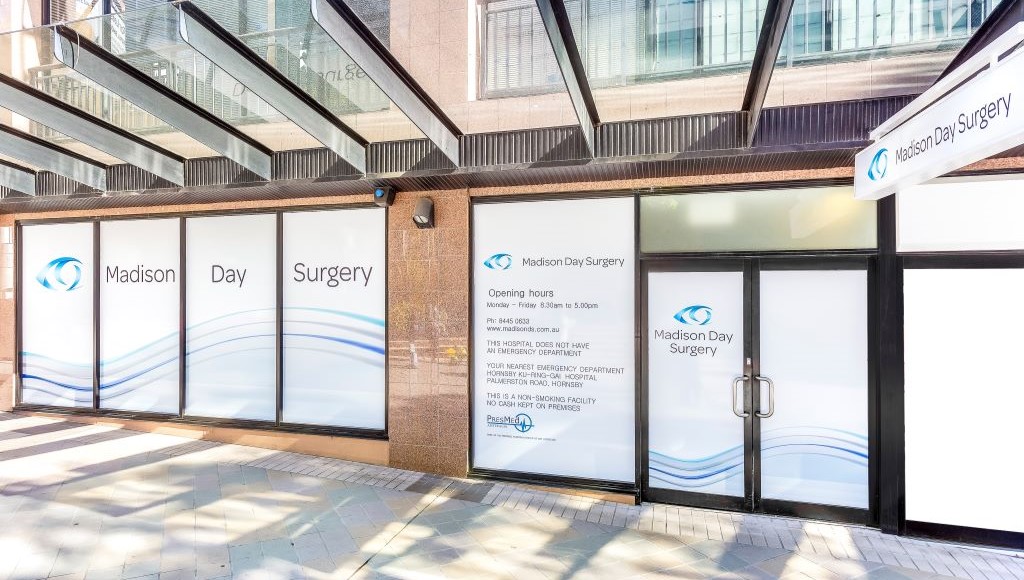Cura Group navigation
Hospital information
General information
Our procedures
Use the expand and collapse feature below to find more information, and patient information videos about the procedure you are undergoing.
Cataract surgery is the surgical replacement of a cloudy lens with an artificial intraocular lens (IOL) implant to restore vision. The cloudy lens is broken up and removed with an ultrasound probe through a very small incision in the eye, and the artificial lens is inserted.
An ICL procedure involves the insertion of an implantable contact lens in the front chamber of the eye, leaving the natural lens intact. The procedure, undertaken to correct short- or long-sightedness, is often used as an alternative to corrective laser procedures.
Intravitreal injections are used in the treatment of Age-Related Macular Degeneration. The Injections work by inhibiting the growth of abnormal blood vessels at the macula, and help to prevent leakage of these blood vessels.
A pterygium is a growth of blood vessels and fibrous tissues covering the surface of the eye due to over-exposure to sunlight over an extended period of time. A pterygium is treated with a surgical excision and an auto-conjunctival graft.
A refractive lensectomy or refractive lens exchange, replaces the natural lens with an artificial intraocular lens (IOL) implant. The surgery is usually performed to reduce a patient’s dependence on glasses or contact lenses.
A temporal artery biopsy is the most common diagnostic test for giant cell arteritis.
Glaucoma is characterised by elevated intraocular pressure associated with optic cupping and visual field loss. Trabeculectomy surgery lowers intraocular pressure by forming a new drainage to allow fluid to escape from the eye.
A vasectomy is a surgical procedure that sterilises a man by cutting the vas deferens, which are tubes that carry sperm from the testes to the penis.
- Follow Madison Day Surgery on social




